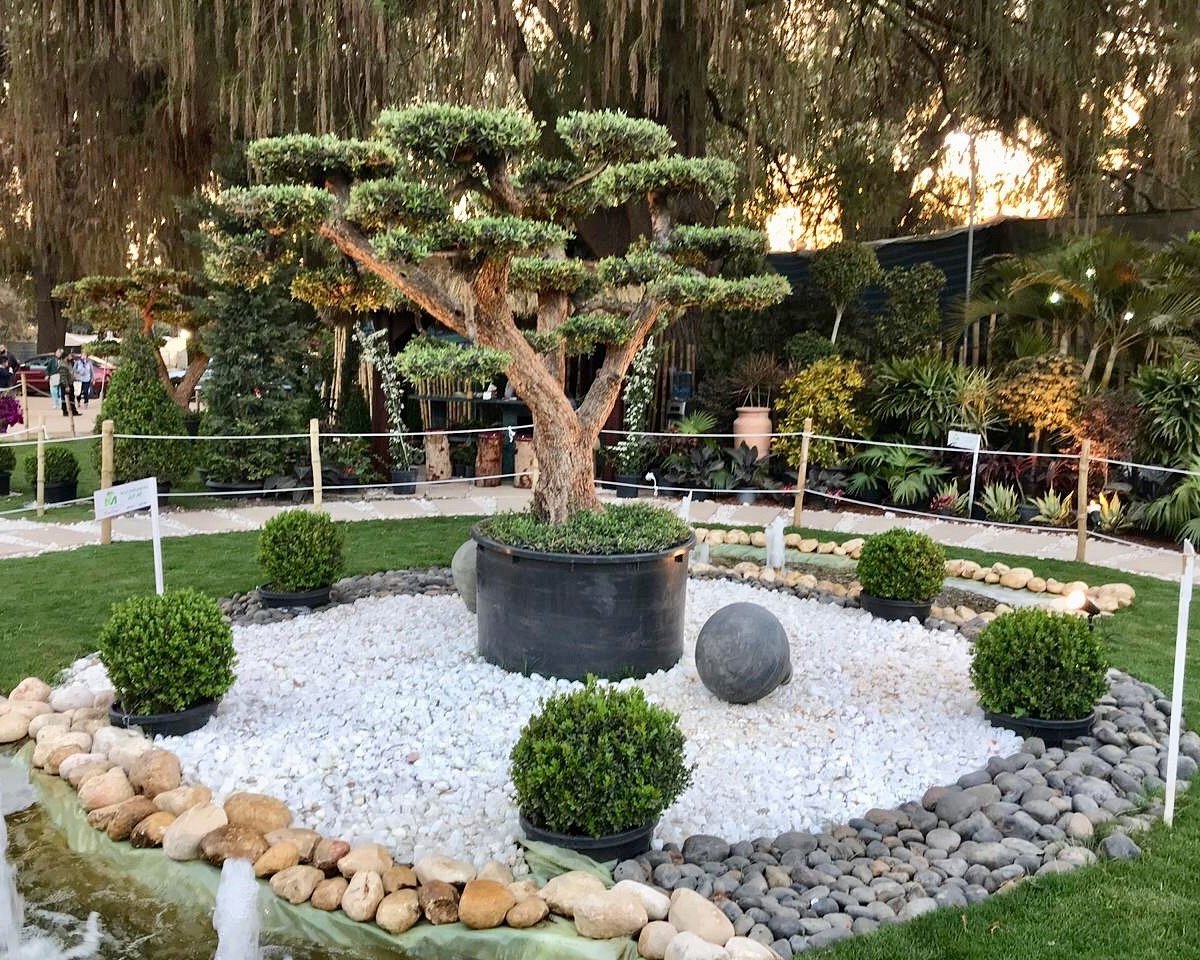As the country’s population continues to increase, particularly in its major metropolitan areas, the demand for accessible outdoor retreats has become increasingly apparent. Historically, urban planning in Egypt has often prioritized infrastructure development, commercial growth, and exclusive green spaces, frequently overlooking public recreational areas. This imbalance has resulted in a landscape dominated by towering buildings, congested streets, and a relative shortage of green spaces where citizens can escape the hustle and bustle of daily life. For example, Al-Azhar Park, a sprawling 74-acre oasis in the heart of Cairo and near the City of the Dead, stands as a testament to the transformative power of urban green spaces. Opened in 2005, the park has become a beloved destination for locals and tourists alike, offering a serene escapism from the city’s relentless pace. Some of the other well-known public parks in Egypt also include the Al-Orman Garden, the Aquarium Grotto Garden, and Umm Kulthum Park, although these are also primarily concentrated in Cairo. Yet, as impressive as Al-Azhar Park and other parks may be, they remain exceptions in Egypt’s urban landscape. There is a need for more public parks in other parts…



